In a photography world increasingly prone to “fixing it in post,” Alexia Sinclair stands as a beacon to the hardworking artist who accepts nothing short of perfection. For each collection she creates, Alexia meticulously deconstructs the vision in her mind’s eye; then she sets about creating every little piece until she has a matching reality she can photograph.
And her latest collection, Rococo, is perhaps her most impressive creation thus far.
Thousands of flowers were not Photoshopped in, but actually BROUGHT into her studio (sound familiar?); each costume was painstakingly hand-crafted; and the one image that featured silk flowers required that each flower be hand-painted white to look like porcelain.
We asked Alexia about the series, and she was kind enough to tell us how it all came about:
I’ve been obsessing over 18th Century France in my work for years now. I’ve focussed a lot on the life and fashions of Marie Antoinette, who is arguably the most famous historical figure of that period. However, you can’t research Marie Antoinette without reading about Madame de Pompadour, who was the King’s mistress and the person responsible for the Rococo period of French court.
Alexia was immediately enamored by this period of fashion, luxury, sensuality, and intrigue.
The detail I loved most about Pompadour was her obsession with porcelain. She commissioned thousands of porcelain flowers to be made and they were spread around the rooms of Versailles, where servants had to douse them in perfume each day. A porcelain palace. Immediately I saw this mistress lying in a bed of porcelain flowers, feather in her hand, ready for play. And that’s how it all began.
The rest of the images in the series, sensual nudes that would be at home in any Vogue magazine on the planet, evolved from this initial inspiration. From Madame du Barry’s diamond necklace, to Marie Antoinette’s muslin chemise, to the Duchess of Devonshire’s towering plumes:
Blown away by the intricacy and attention to detail in each of these images, we asked Alexia to spell out how these photographs go from idea to reality. She delivered in spades. We’re printing her description in full, because we couldn’t bring ourselves to omit any of it.
First, she describes the research and creativity it takes to turn a figment of her imagination into something she can construct in real life:
I begin by deconstructing that artwork I’ve planned so heavily in my mind each night. Deconstruction becomes a matter of budget and time. I need to work out the most cost effective way to produce the closest thing to my imagined artwork. In this case, I sourced hundreds of silk flowers and hand painted each one in white paint and these became Pompadour’s boudoir in the photograph.
I do more research of the period — its fashions, art movements, influential figures of the period. I need to delve into that world, take what I like, and turn it into something that’s my own. The process is the same for all… I use the character and aspects of their life as building blocks, I build an artwork in my imagination, and then I pragmatically go about hand building the components.
Next, Alexia explained how she created the intricate backgrounds and period-inspired costumes that help make this collection so incredible:
My costuming is always a combination of influences. It begins with studying paintings of the period, as well as costuming of the period, and then I look at contemporary fashion designers who are influenced by the same things that I am. Classics like Dior, McQueen, Lacroix. In this case, the Rococo period was rich with asymmetrical designs, flowers and all things exotic, and these tastes drive the costuming in this series.
The backgrounds of Rococo are made up of real flowers in the studio, and my models are photographed amongst hundreds of flowers that are carefully arranged in a 4 square meter patch of studio floor. This is not a composite post-production project, it’s all set building.
The flowers came from a number of places. Primarily I grew a great deal of them. I also did several drives to Sydney to the wholesale flower markets, returning home with little room for me in the car. And, I did lots of night collecting from anything I spotted locally. When I’m producing a series like this I’m like a woman obsessed, and if I spot something I need for the shoot, I’m coming back for it!
Then she described how she handles the shoot once she’s on-set and ready to go:
Briefing my models and makeup artists is a matter of me passionately waving my arms around with mood-boards and pieces of costumes, explaining the artworks, the character, their positions and the mood of the work. From there, it’s just my model and I in the studio. I keep things quiet and personal, and I direct them very closely to try to convey an emotion in each frame. I don’t want the work to feel flat after all of this work in pre-prep!
And last, but certainly not least, she explains her approach to post-production:
Once I move into post-production, it’s usually just about adding that polish that I’m known for with my work. I’m trying to get that place that I imagined right in the beginning.
I approach this much like a painter does. I only allow the things that I want into the artwork, as painters only paint what they want to see, not what is there… if that makes sense. And so, I don’t over-retouch skin, I select models with beautiful skin. But I do zoom in to the file until my pixels are 100%, search every pixel for the ones that shouldn’t be there, and rework the image until it fits with my original design.
Then I sit back, take a deep breath, and I try to imagine what it’s like to see this work for the very first time!
But this mind-boggling amount of work apparently wasn’t quite enough for Alexia this time around. Because for Rococo, for the first time ever, she created a motion component.
In the past, her videos have all offered a behind-the-scenes glimpse at how the images came to be. This time, she chose to take it to the next level. We asked her to tell us what the experience was like:
I’ve really yearned to expand into motion for a long time. People often comment about how I’m such a story teller, it’s such a natural progression for me. But the truth is I really love both stills and motion because they both express and emphasise different things. Also, when I imagine artworks I’d like to create, I imagine them in both motion and a single still moment. So naturally, being spread far too thin already with costuming, set building, photography and post-production, I pushed us into motion too!
Being the restless creative I am, I’m never happy unless I’m exploring and conquering new territory. And so the experience was daunting and exciting and empowering and I’ve now begun to plan a year of motion to assist my stills. I say assist my stills because I believe that motion invites an audience to enter the world I’ve imagined entirely. It’s immersive.
And so we have an incredible video creation to help us better immerse ourselves in the world depicted in the Rococo portraits:
To see more of Alexia’s work, head over to her website and then give her a follow on Facebook, Twitter, and, of course, on 500px!

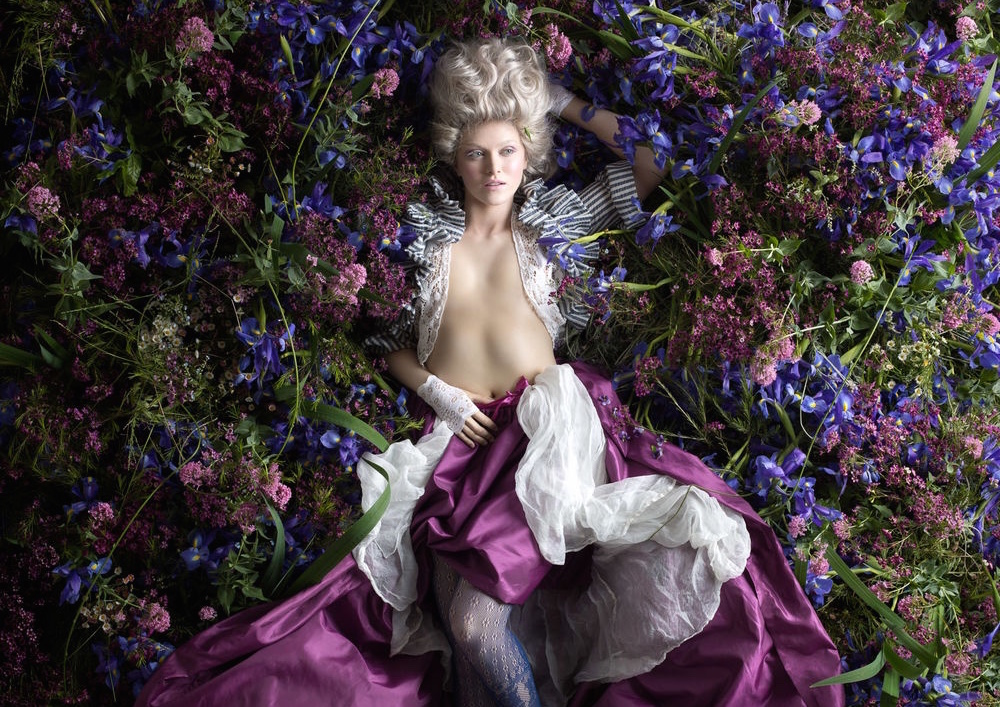
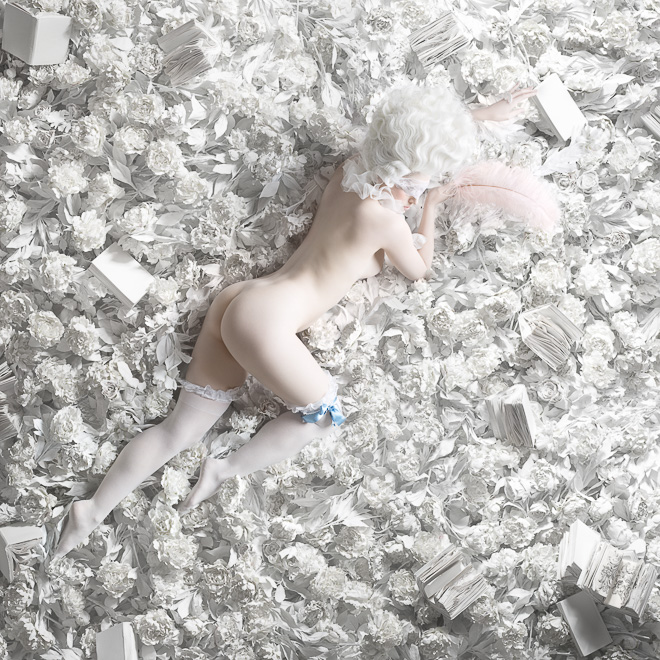
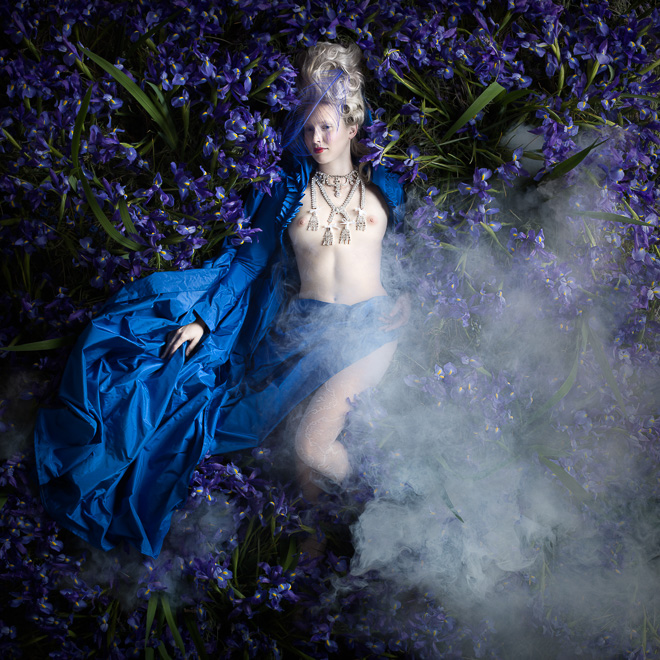
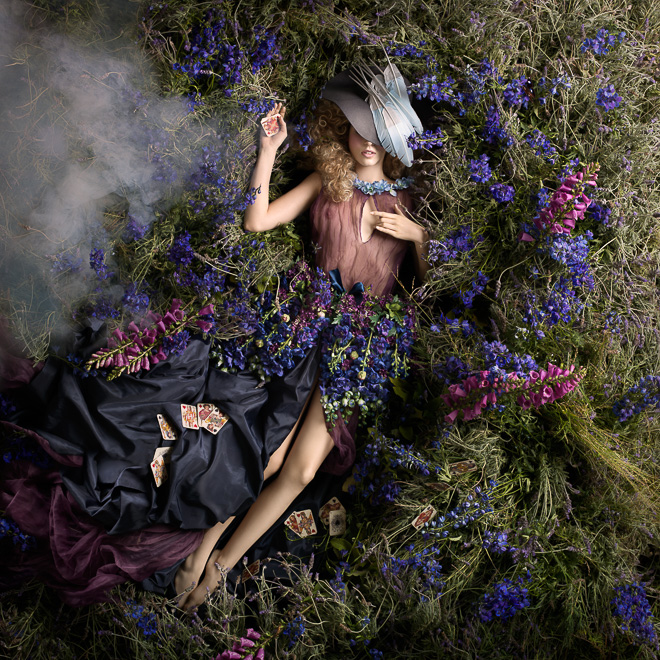
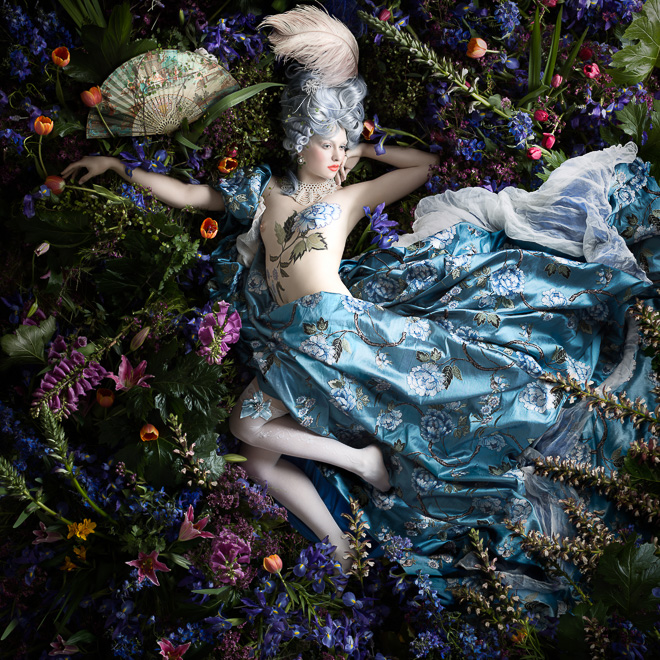
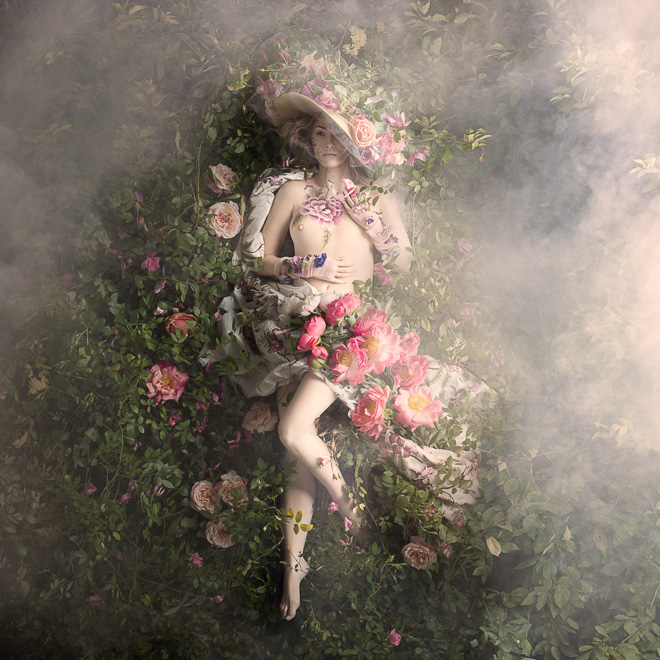


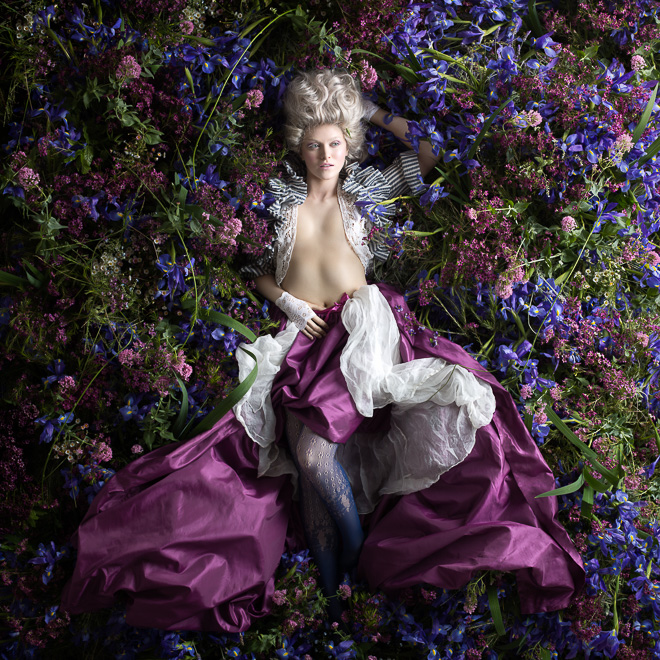
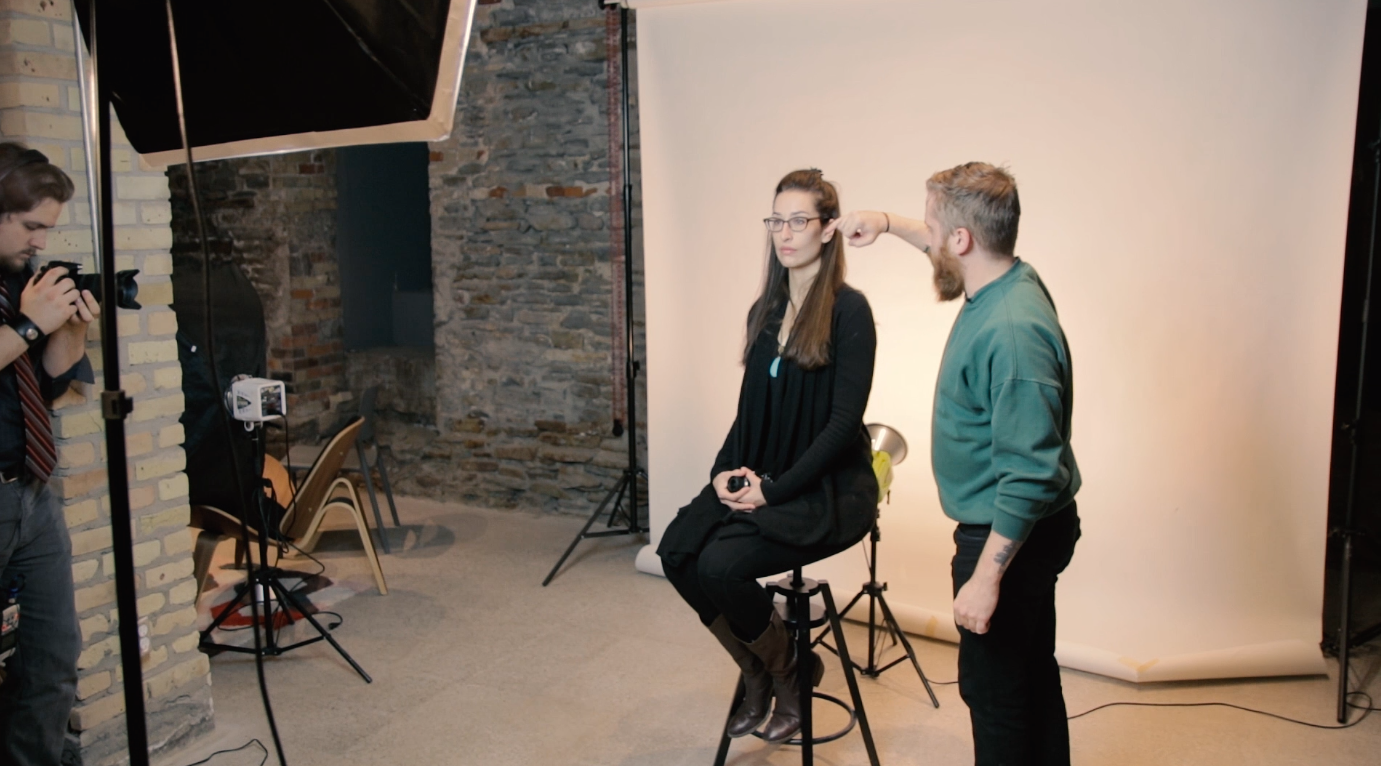
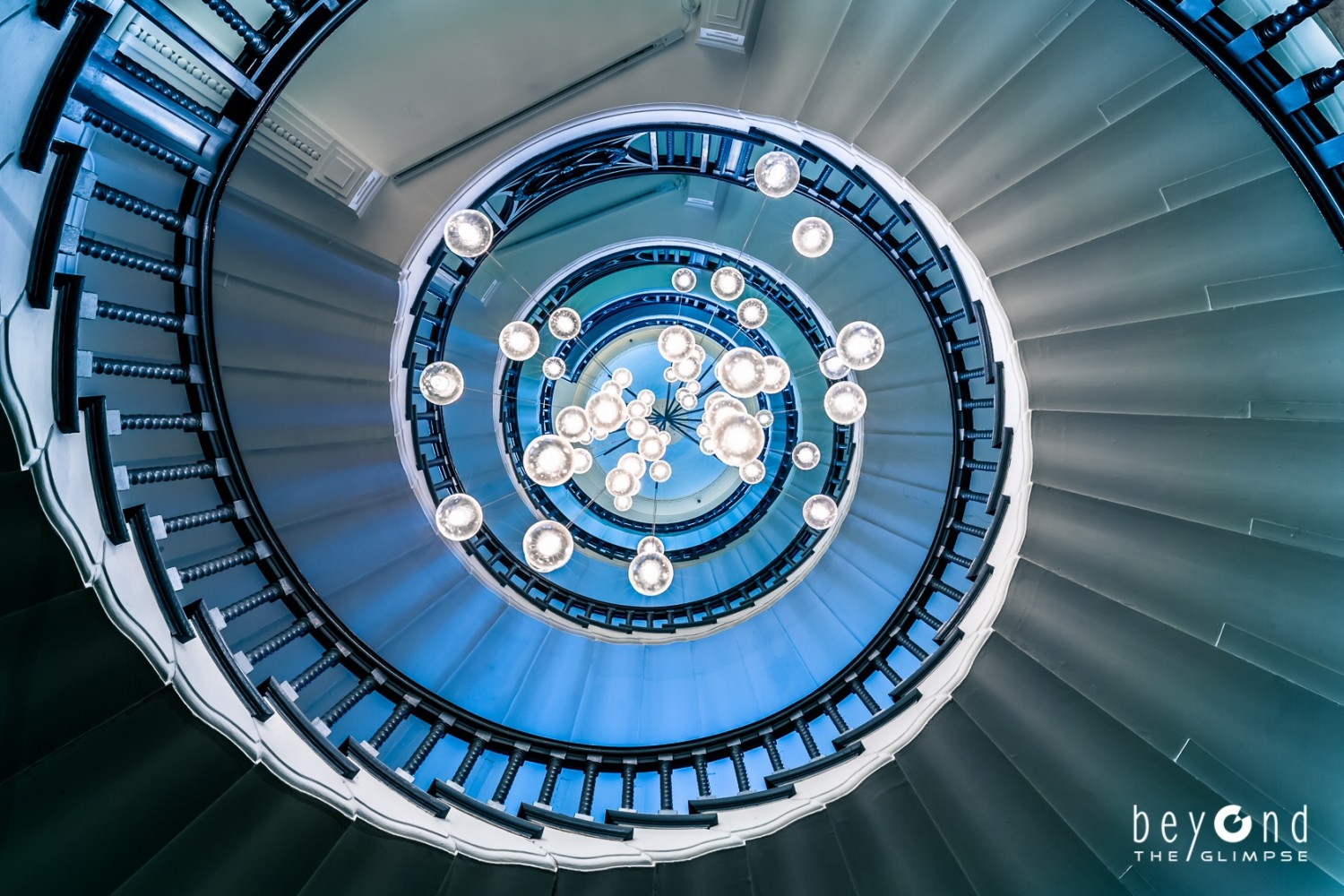
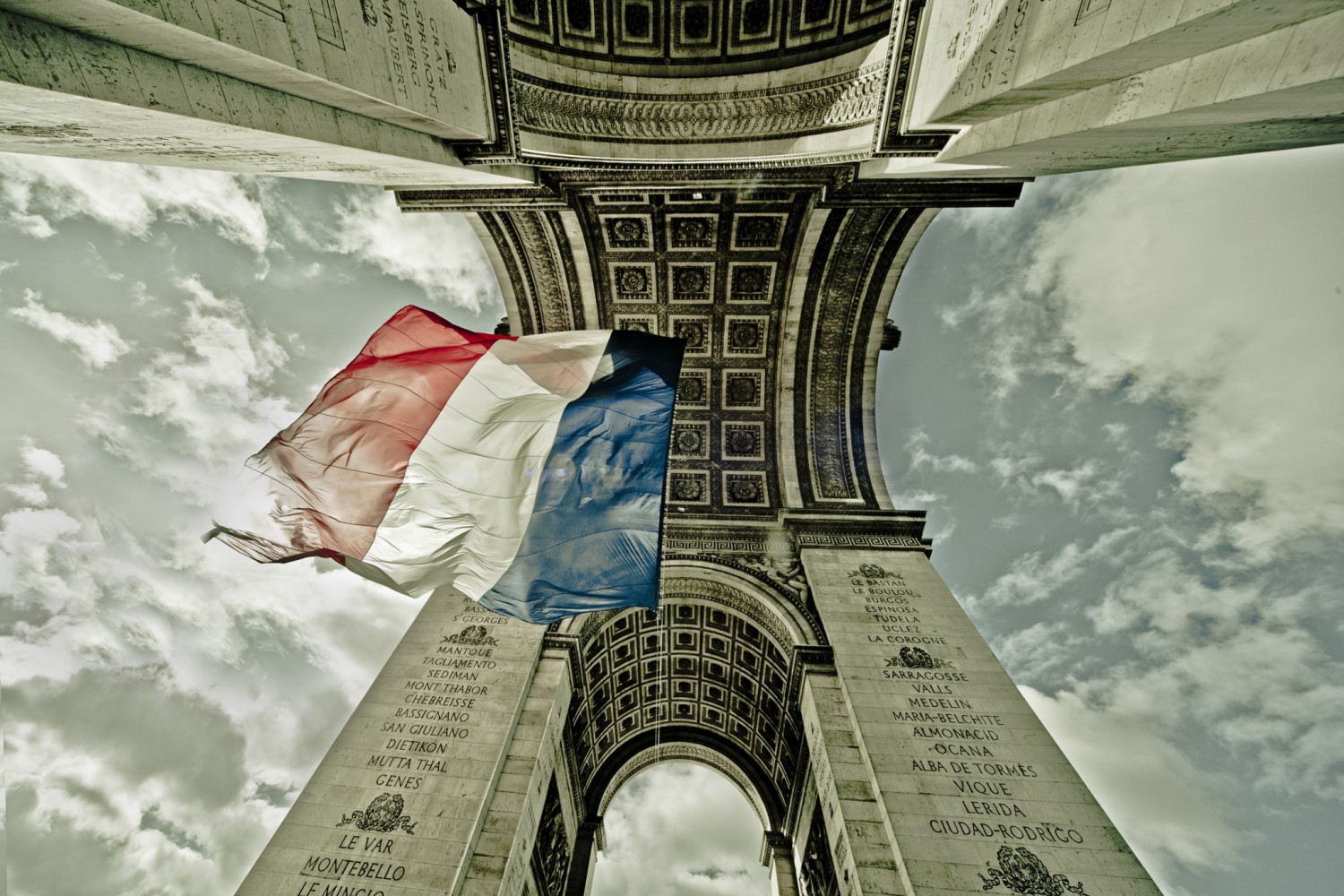

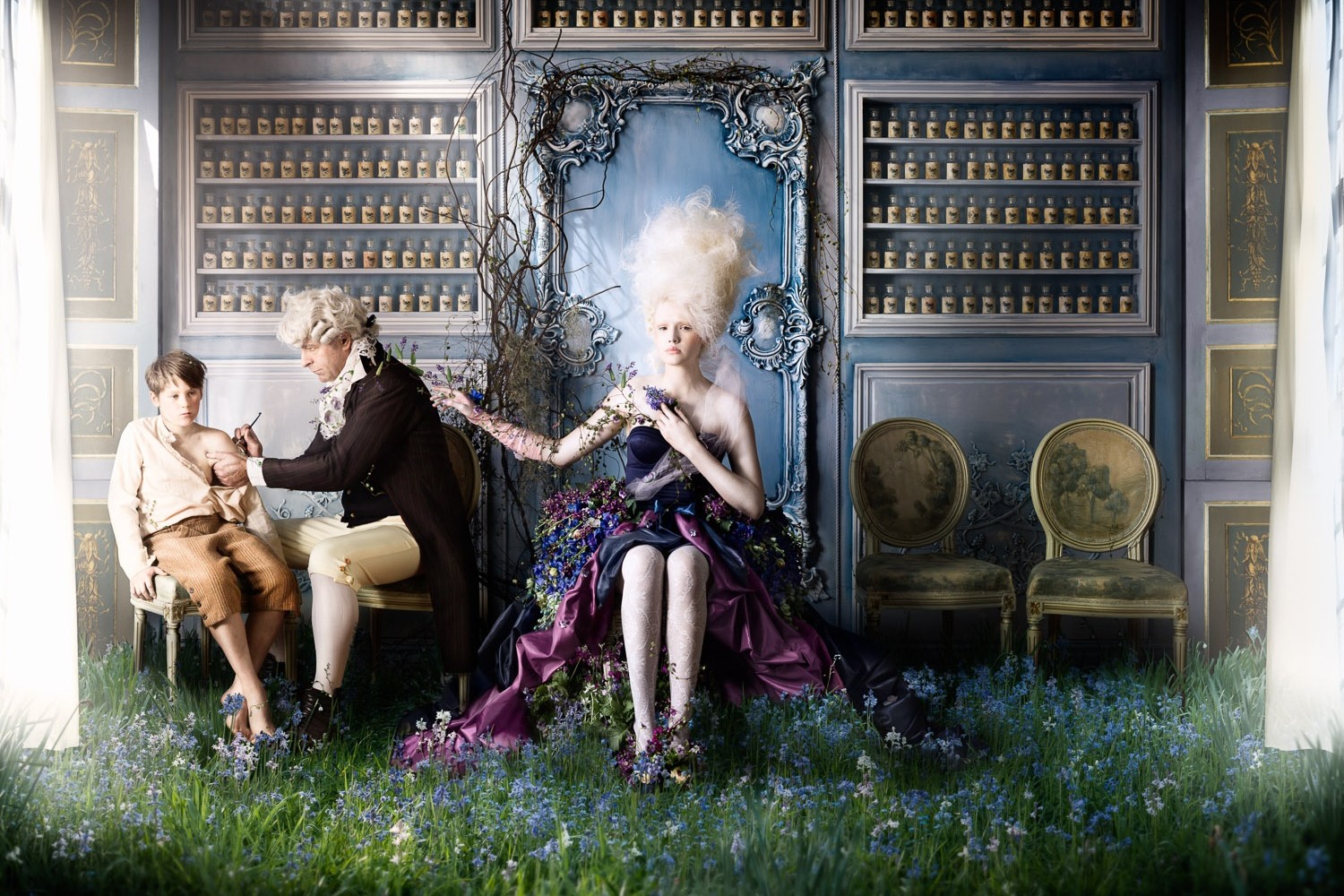
Leave a reply